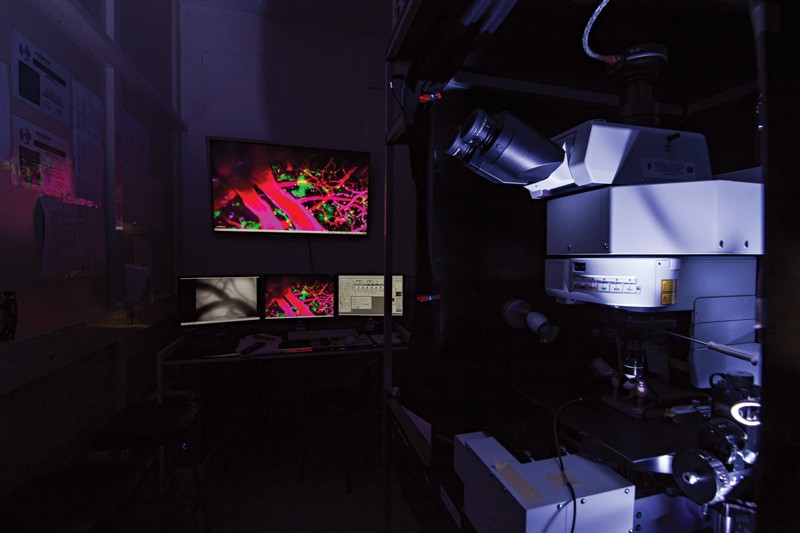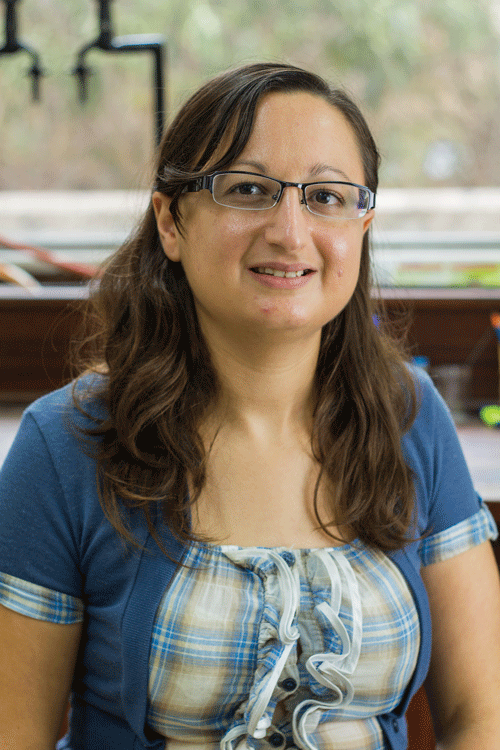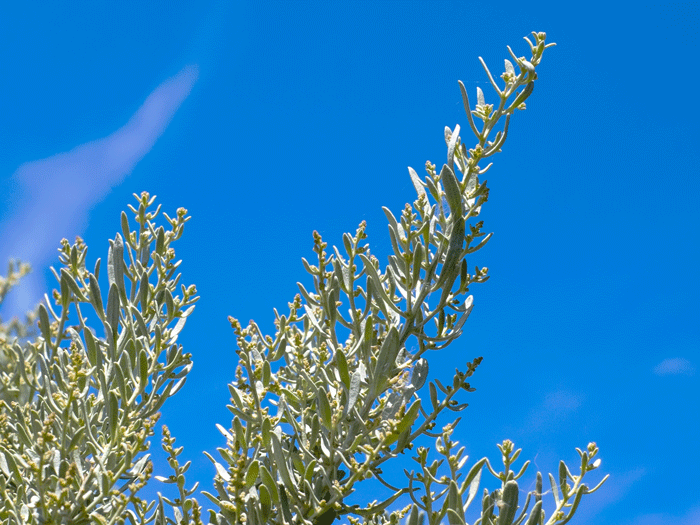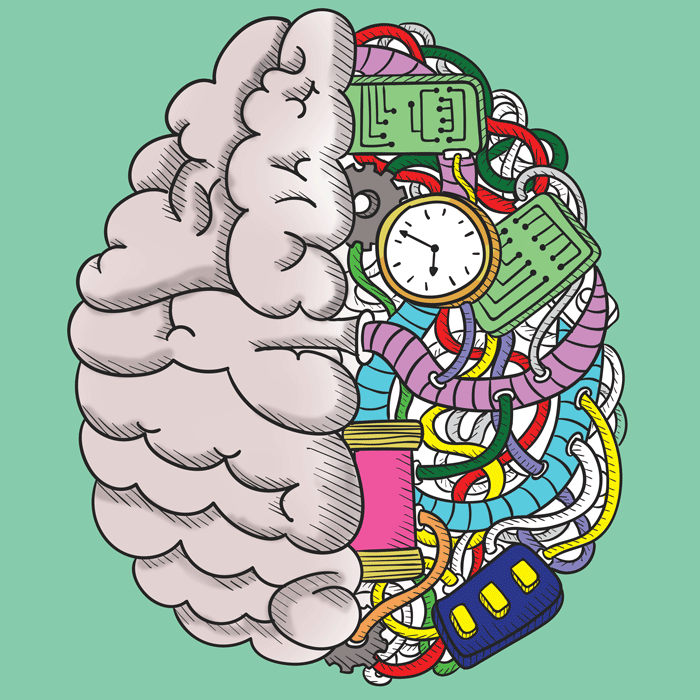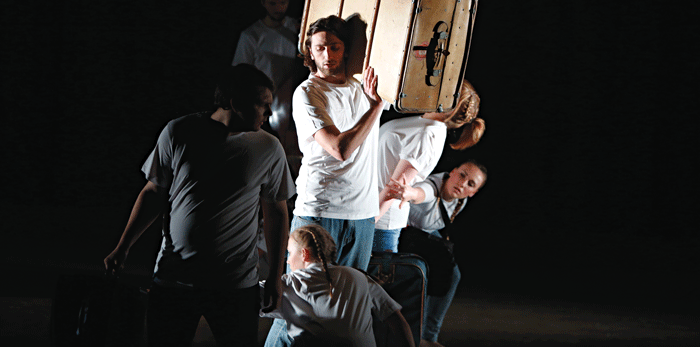Colour Chemistry in Water
Written by Maria Cardona
Atmospheric carbon dioxide (CO2) levels have increased dramatically in the last few decades. Famous for causing global warming, CO2 is also resulting in the acidification of seas and oceans. This disturbs the rich life of the marine ecosystem, which affects human communities dependent on this environment for their livelihood. For islands like Malta and Gozo, this problem is particularly important. This ‘silent crisis’ has attracted the X-prize Competition organisers who have set a $2 million dollar prize to be awarded to anyone that can develop stable, inexpensive, and precise acidity (pH) sensors to help understand the acidification of marine environments. At the same time, a European COST initiative (Supramolecular Chemistry in Water) is encouraging the design of water-soluble molecules which can recognise analytes. Most chemical sensors do not perform well in water.Continue reading
Elective student stipends
My 100 word idea to change Malta
By Dr James Corby
The University of Malta is central to our knowledge economy, and yet it is chronically underfunded. The University performs well despite underfunding, so imagine the heights that could be scaled with more adequate support.
My idea? Scrap the scandalously outmoded stipends system. Instead, make student financial support entirely elective (students decide whether they want support); money is then given to students as an interest-free loan, which they only start to repay once they have graduated and are earning more than a minimum threshold salary. The money saved would be directed into research, postgraduate and postdoctoral initiatives, and infrastructure and technology.
God is Not Great, How Religion Poisons Everything
Book Review by Dr Jurgen Gatt
Please accept my apologies for reviewing a well-known book by a renowned, and late, atheist almost ten years after publication. My reasons for doing so are threefold. Firstly, the book and author have both lost some of their notoriety with younger students. Secondly, the book should appeal to both to humanities and science students and will, with luck, generate conversation across disciplines. And finally, the book is brilliantly written, cleverly argued, and deserves to be read particularly after the dust of the New-Atheist movement has started (perhaps) to settle.Continue reading
MALTA – Stockholm Syndrome (or why we love the British)
Between 1798 and 1800, Malta changed hands twice. The feudal Knights were easily replaced by Napoleonic France, whom the Maltese initially welcomed, then revolted against a mere 82 days later ushering in the British Empire. ‘Why?’ is a mystery lost in the history books that gloss over the period demonising Napoleon while exalting the British who ruled Malta as a colony till independence in 1964. The Editor met Dr Charles Xuereb to find out.
Continue readingBetween 1798 and 1800, Malta changed hands twice. The feudal Knights were easily replaced by Napoleonic France, whom the Maltese initially welcomed, then revolted against a mere 82 days later ushering in the British Empire. ‘Why?’ is a mystery lost in the history books that gloss over the period demonising Napoleon while exalting the British who ruled Malta as a colony till independence in 1964. The Editor met Dr Charles Xuereb to find out.
Continue readingGreen Roof Malta
In Malta, buildings cover one third of the Island, leaving greenery in the dirt track. Green roofs are one way to bring plants back to urban areas with loads of benefits. Antoine Gatt, who manages the LifeMedGreenRoof project at the University of Malta, tells us more.
Connect the Dots
A new hallmark for graphene, the wonder material of the 21st century, has been found. It has a range of applications—from biomedical to new, smart materials. To gain a better understanding of this discovery, Claire Testa met metamaterials researcher Professor Joseph N. Grima and his team (Department of Chemistry, University of Malta). Photos by Elisa von Brockdorff.Continue reading
Science… Bacteria… Art…
Bacteria are everywhere, from the top of the windswept cliffs of Dwejra, Gozo, right to the core of the ancient catacombs in Rabat, Malta. Anne Marie Dimech met Dr Gabrielle Zammit to learn about the unique bacteria discovered growing on artworks in ancient Maltese temples and how these bacteria could be useful to medicine.
Final Frontier: Our Brain
Prof. Giuseppe Di Giovanni
Coordinator of the new Malta Neuroscience Network
Fusing philosophy and performance
 Interdisciplinary research and practices blur boundaries. While the premodern approach to research distils areas into fine categories and certainties, interdisciplinary ideas spread across different fields. Performance is charged with interdisciplinarity.
Interdisciplinary research and practices blur boundaries. While the premodern approach to research distils areas into fine categories and certainties, interdisciplinary ideas spread across different fields. Performance is charged with interdisciplinarity.
The University of Malta’s School of Performing Arts conducts interdisciplinary research that connects the performing arts with various disciplines in the Sciences and Humanities. This year’s school annual conference focused on this, in particular on eight overlapping performance categories: everyday life, the arts, sports, business, technology, sex, ritual, and play. The performing arts can endlessly combine these groupings in ways that range from theatre, dance, and music, drawing material from—but also impinging upon—everyday life, to training in performance and in sports. These arts share the drive for efficacy and efficiency with business, besides witnessing an increasing use of technological innovation.Continue reading

